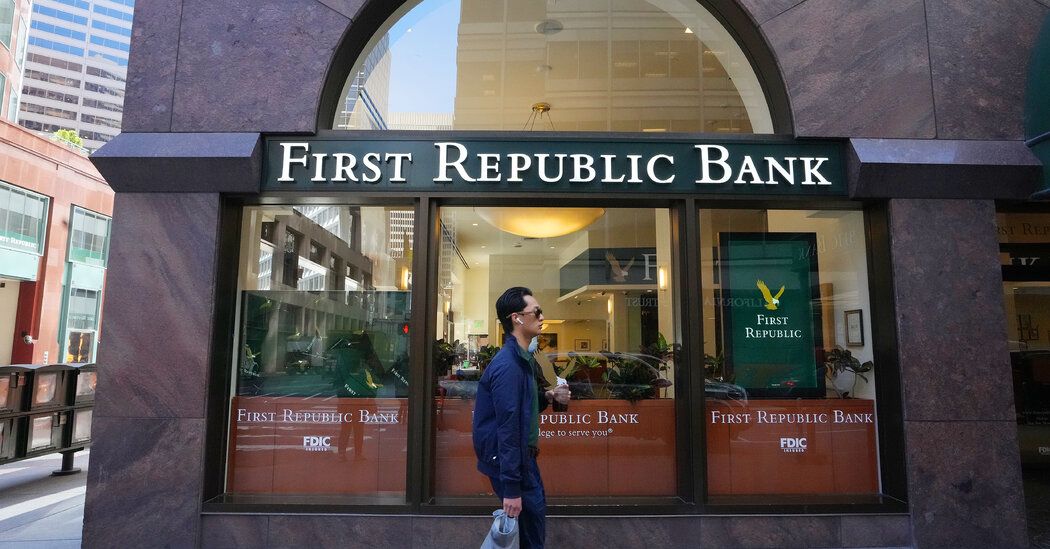First Republic Bank Is Seized by Regulators and Sold to JPMorgan Chase
Even so, the U.S. financial system has plenty of problems. The recent bank failures and rising interest rates have forced banks to rein in lending, making it harder for businesses to expand and individuals to buy homes and cars. That is one of the reasons that the economy has been slowing in recent months.
The $30 billion cash infusion helped calm broader fears about the banking system but did not put to rest concerns about the viability of First Republic. The lender, founded in 1985, was the 14th-largest bank in the United States at the start of this year. Its shares lost nearly all of their value after a relentless series of steep declines that began as Silicon Valley Bank was teetering.
The end of First Republic came after weeks in which the bank and its advisers sought either to save the bank or find a buyer outside of a government takeover. But the efforts fell flat: Other banks were reluctant to buy it or pieces of the bank without assurances that they wouldn’t be left with billions of dollars in losses. By last week, after an alarming earnings report in which the bank disclosed that customers had withdrawn more than half of its deposits, it became clear that there was no option outside a government takeover.
Late last week, the F.D.I.C. reached out to other financial institutions, including JPMorgan Chase, PNC Financial Services and Bank of America, seeking bids for the First Republic. Bidders had until noon Sunday to submit their offers. As part of the bidding process, banks were also asked what parts of the bank they wouldn’t accept.
Like the other two failed banks — Silicon Valley Bank and Signature — First Republic collapsed under the weight of loans and investments that lost billions of dollars in value as the Federal Reserve rapidly raised interest rates to fight inflation. When it started becoming apparent that those assets were now worth much less, First Republic’s affluent customers, most of whom live on the coasts, began pulling their money out as quickly as they could and investors dumped its shares.
Source: The New York Times


